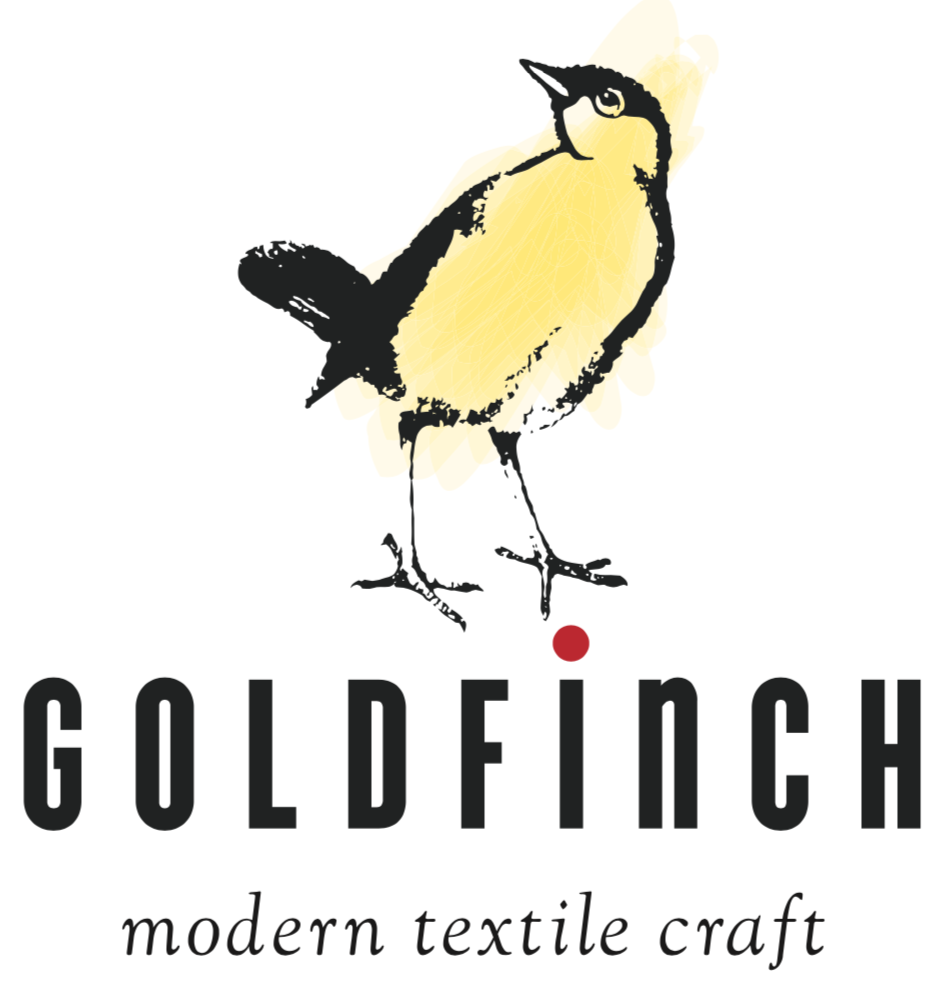Global sourcing for hand woven fabric has always been our focus here at Goldfinch, and a love of natural fibers guides all that we do. So it’s no surprise that our recent design collaboration with Blu Dot incorporated just that (read more about our collaboration story here).
Sourced directly from Kathmandu, Nepal, both the Lovely Linen and Chaperone throw blankets went through a journey of love and attention to detail before making their way to the United States. Unlike factory-made fabrics, the Goldfinch weaving process is done entirely by hand, and it’s incredible just how many people it takes to produce a large order like this.
From start to finish, there are about 30 people involved, all skilled at different tasks, yet working together seamlessly. The result is a custom textile product that has an unmatched personal connection. Who could say no to that?
So, let’s take a journey back to Nepal and dive into the process to get a closer look.
Step 1: The process begins with cones of yarn, which are unwound to form dyeable skeins.
Skeins of wool await the dyeing process
Step 2: The yarn goes through the dyeing process, where the undyed fibers become saturated with beautiful colors.
A ray of sun rests on a group of test colors in the dye house
Stirring the yarn in a steaming dye bath
Step 3: Once the wool and linen are dyed, the bundles are hung outside to dry.
Wool, above, and linen, below, drying in the warm Nepali sun
Step 4: After the yarn is completely dried, it is rewound onto cones and bobbins.
Bobbins ready for weaving
Step 5: Then the hand-weaving begins on noisy wooden looms. The process includes first warping the loom, then throwing shuttles back and forth to the create the pattern.
Weavers starting their day on the looms
Step 6: When the woven goods are finished and cut from the loom, they are inspected to ensure the highest handmade quality.
A freshly woven Chaperone throw is inspected right after it has come off the loom
Step 7: After inspection, the blanket is washed and hung to dry on a line.
Lovely Linen throws hang to dry after washing
Step 8: Next, the blankets are hand-fringed and labelled, then ironed, folded, bagged, and packed for shipment to Goldfinch headquarters in Minneapolis.
Folding and packaging in Kathmandu
Step 9. Hooray! The shipment arrives in Minneapolis and is ready to go to the Blu Dot warehouse.
Inspired? So are we.
Whichever Goldfinch + Blu Dot throw is your favorite, know that your blanket is indeed one of a kind. We hope you’ll cherish it for years to come. Cheers to global textile creations – we can’t wait to see what the future brings.











